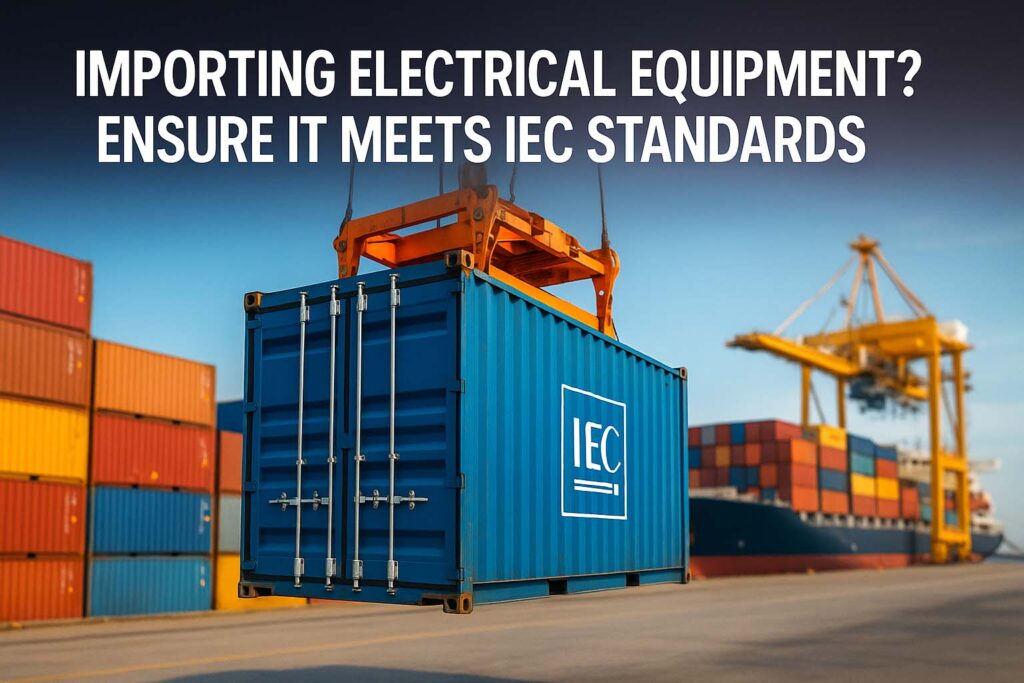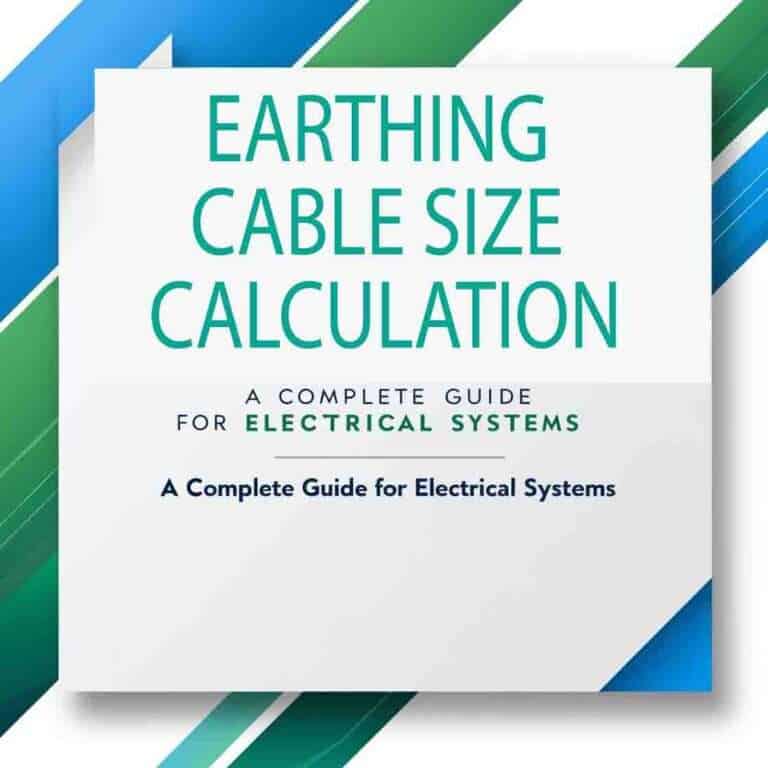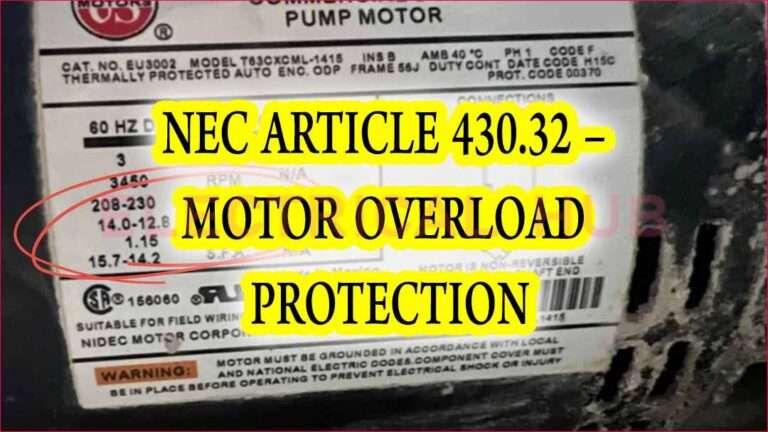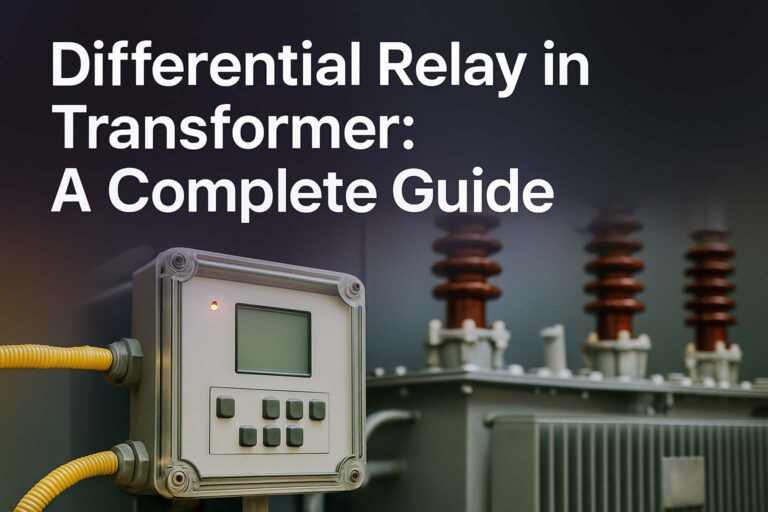Importing Electrical Equipment? Ensure It Meets IEC Standards
When importing electrical equipment, it’s easy to focus on price and delivery time. But there’s something more important—compliance. If you’re importing electrical equipment for residential, commercial, or industrial use, it must meet IEC standards. This ensures the products are safe, reliable, and globally accepted. Ignoring these standards can result in legal issues, poor performance, or even dangerous accidents.

Let’s break it down and understand why IEC compliance is a critical step in importing electrical equipment, and how you can make sure your products meet the required benchmarks.
Why IEC Standards Matter When Importing Electrical Equipment
IEC stands for the International Electrotechnical Commission. It develops global standards for electrical, electronic, and related technologies. These standards cover everything from switchgear, transformers, and cables to household appliances and solar systems.
When you import electrical equipment that aligns with IEC standards, you’re not just ticking a box. You’re ensuring:
- Product safety
- Interoperability
- Environmental compatibility
- Long-term reliability
- Legal compliance across countries
Whether you’re a business importing solar panels or an engineer buying relay panels from overseas, IEC certification should be your first checkpoint.
Common Issues Faced When Importing Electrical Equipment Without IEC Compliance
Many importers overlook IEC standards, especially when buying from low-cost suppliers. Here’s what often happens:
| Problem | Consequence |
|---|---|
| Poor insulation in cables | Electrical fires, short circuits |
| Substandard circuit breakers | System failure, no protection during fault |
| Mismatched frequency ratings | Equipment damage |
| Missing test certificates | Customs rejection, import delays |
| Non-compliant solar inverters | Grid failure, system downtime |
The cost savings may look good upfront, but the long-term risks can be devastating.
How to Verify IEC Compliance Before Importing Electrical Equipment
There are proven ways to check if your electrical equipment complies with IEC standards. Follow these steps before finalizing the purchase:
1. Ask for a Certificate of Conformity (CoC)
This is your first line of defense. The manufacturer or supplier should provide a valid CoC issued by a recognized testing lab like TUV, Intertek, or SGS.
Use our free online Tool Voltage Drop Calculator
2. Check the Test Reports
Make sure the equipment has passed type tests under IEC conditions. For example:
- IEC 60204-1 for industrial machinery
- IEC 61439 for low-voltage switchgear
- IEC 60364 for electrical installations
3. Validate Through Accredited Bodies
Cross-check with national accreditation bodies (e.g., NABL in India, UKAS in the UK) to ensure the CoC is legitimate.
4. On-Site Testing After Import
Even after importing, it’s wise to carry out on-site testing. Use primary injection tests, insulation resistance tests, and earthing tests to validate performance.
Importing Electrical Equipment for Solar Projects? IEC Compliance is Critical
Solar energy systems are a growing market. But importing solar inverters, DC cables, PV modules, and combiner boxes without IEC certification is a big mistake.
Here are some must-have standards for solar components:
| Component | Required IEC Standard |
|---|---|
| Solar PV Modules | IEC 61215, IEC 61730 |
| Solar Inverters | IEC 62109, IEC 62116 |
| DC Cables | IEC 62930 |
| Surge Protection Devices | IEC 61643 |
| PV Combiner Boxes | IEC 61439-2 |
These standards ensure protection from overvoltages, arc faults, and grounding failures. For more details, you can check our solar system sizing tool for installers, which includes component-level IEC checks.
Country-Specific IEC Adaptations You Should Know
Some countries adopt IEC standards with minor changes. Here are a few examples:
| Country | Adapted Standard Body | Note |
|---|---|---|
| UK | BS EN Standards | Harmonized with IEC |
| India | IS Standards (BIS) | Often mirror IEC |
| Australia | AS/NZS | Joint adoption of IEC |
| South Africa | SANS | Aligned with IEC |
So, while the core IEC requirements remain, always verify local requirements before shipping.
Importing Electrical Equipment? Watch for These Technical Red Flags
Here are a few technical red flags that indicate your equipment may not be IEC-compliant:
- No CE or UL marking
- Missing data on short circuit withstand ratings
- No mention of dielectric strength test
- Incorrect ambient temperature range
- No documentation for ingress protection (IP rating)
These small gaps can lead to major failures during installation or operation.
Check our detailed article on Motor Overload Setting Table
Why IEC Certification Builds Trust With Clients
When your electrical equipment is IEC certified, it’s easier to win trust. Whether you’re a contractor, EPC company, or solar installer, your clients will feel confident knowing the equipment has passed global benchmarks.
This is especially true when you’re offering services like Commercial EV Charger Installation or high-end solar plants. IEC compliance becomes your brand strength.
Tips to Avoid Counterfeit or Fake IEC Certifications
Some suppliers may share fake certificates to win the deal. Protect yourself with these tips:
- Verify the certificate’s serial number on the lab’s official website
- Contact the certification agency directly if in doubt
- Use import agents who specialize in electrical products
- Avoid bulk deals with suppliers who refuse sample testing
Cost vs Compliance – The Real Equation in Importing Electrical Equipment
You might think IEC-certified products cost more. That’s true—but here’s the equation you should consider:
| Criteria | Non-IEC Product | IEC-Certified Product |
|---|---|---|
| Initial Cost | Lower | Slightly higher |
| Testing & Rework | Frequent | Minimal |
| Safety | Uncertain | Assured |
| Market Access | Limited | Global |
| Long-Term Value | Low | High |
So, while you may pay 5–10% more upfront, you save much more in installation safety, customer trust, and fewer service calls.
Conclusion: Importing Electrical Equipment Without IEC Standards Is a Risk You Can’t Afford
Importing electrical equipment can be a game-changer for your business. It gives you access to better technologies and competitive pricing. But skipping IEC compliance can lead to technical failures, legal penalties, and business loss.
Focus on verified suppliers. Ask the right questions. Do the right tests. And most importantly, never skip IEC standards. Whether you’re working on a solar farm, an EV charging station, or a commercial power project, quality always pays off.
Follow Us on Social:
Subscribe our Newsletter on Electrical Insights to get the latest updates in Electrical Engineering.
#IECStandards, #ElectricalEquipment, #ImportCompliance, #ElectricalSafety, #GlobalStandards, #IECCompliance, #PowerEquipment, #ElectricalImports, #SafetyStandards, #EngineeringStandards, #IECRegulations, #ElectricalTesting, #ProductCertification, #ElectricalEngineering, #QualityAssurance





